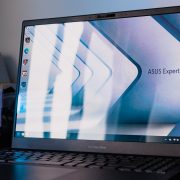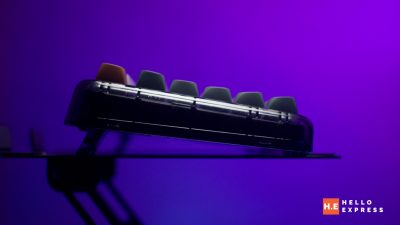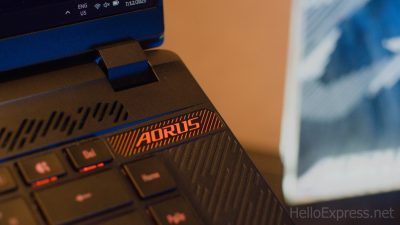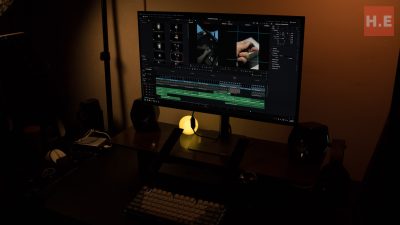
TruSleep: Huawei’s dedication toward better sleeps
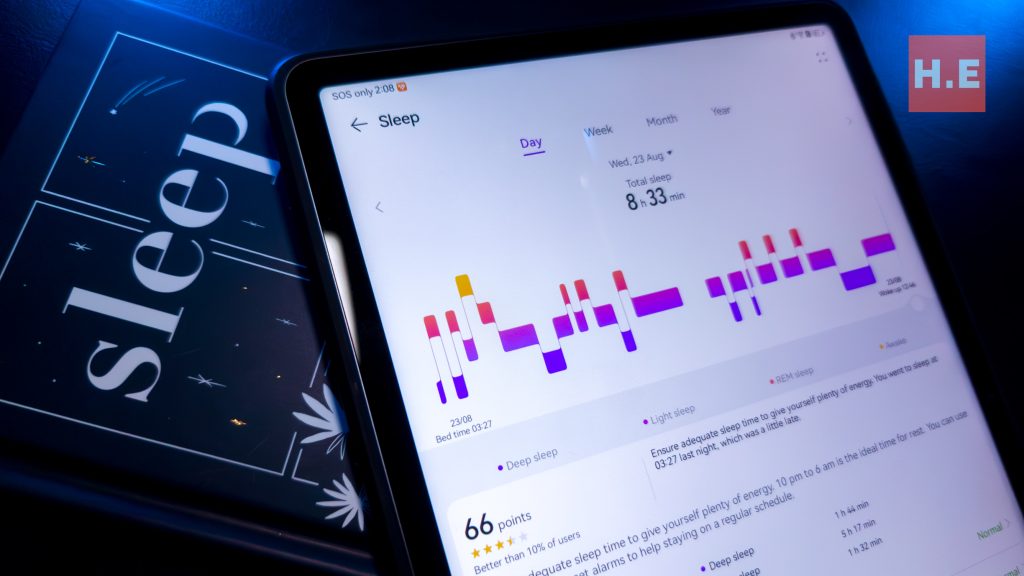
Huawei TruSleep, an in-house sleep tracking app developed by Huawei, debuted in 2017 alongside the first Huawei Band. What sets TruSleep apart is its foundation in cutting-edge technology from two distinguished global medical institutions. This article explores the technology behind Huawei TruSleep, shedding light on its revolutionary impact on sleep pattern monitoring and understanding.
What is sleep

To understand the core of Huawei TruSleep, one must first comprehend the nature of sleep itself. Sleep is a crucial natural process that revitalizes both our bodies and minds. Picture it as recharging a battery. During sleep, our bodies pause from daily activities to carry out vital functions like tissue repair, memory consolidation, and preparation for the upcoming day. Inadequate sleep can result in fatigue and decreased concentration. Essentially, sleep serves as our body’s reset button.
Sleep Stages Simplified
Sleep comprises five stages, which can be divided into two main categories: Rapid Eye Movement (REM) and Non-Rapid Eye Movement (NREM) sleep. These stages include:
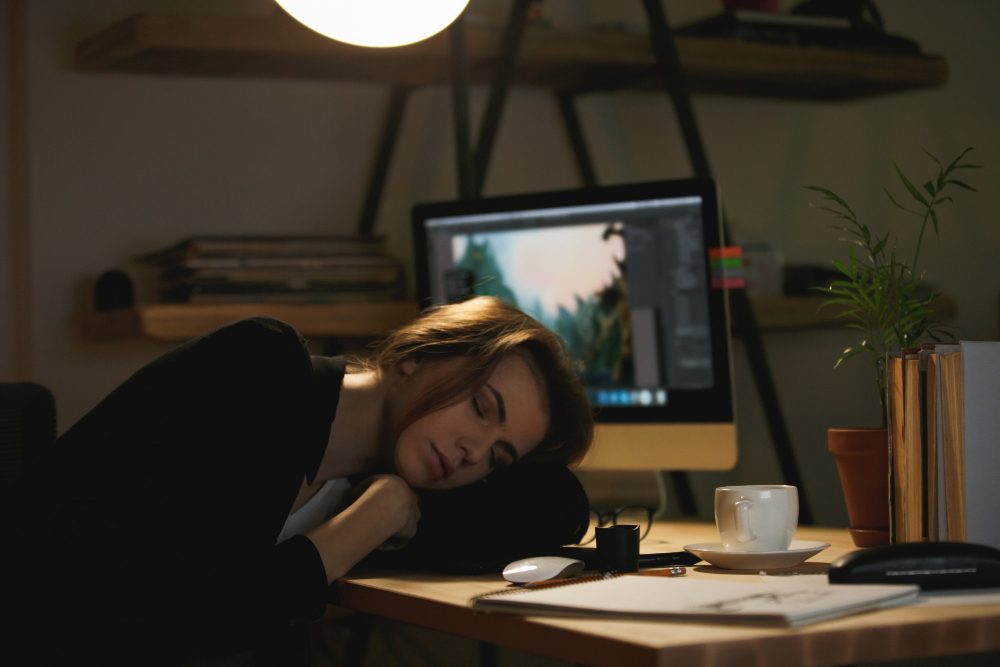
- Wakefulness (W): Being fully awake and alert.
- NREM Stage 1 (N1): A transitional stage with reduced muscle activity.
- NREM Stage 2 (N2): Deeper sleep with regular heart rate and breathing.
- NREM Stage 3 (N3): The deepest sleep stage, crucial for physical restoration.
- Rapid Eye Movement (REM) Sleep: Known for vivid dreams and heightened brain activity.
These stages repeat throughout the night in cycles, usually lasting 90 to 110 minutes each. Understanding these stages helps assess sleep quality and detect sleep disorders.
The Technology behind TruSleep
Cardiopulmonary Coupling or CPC
Cardiopulmonary Coupling, or CPC, was discovered, developed, and extensively researched by Dr. Thomas Penzel and his dedicated team. Dr. Thomas Penzel is a renowned sleep medicine expert affiliated with Charité – Universitätsmedizin Berlin in Germany. His relentless efforts have played a pivotal role in establishing CPC as a valuable tool for assessing sleep quality and identifying sleep-related issues.
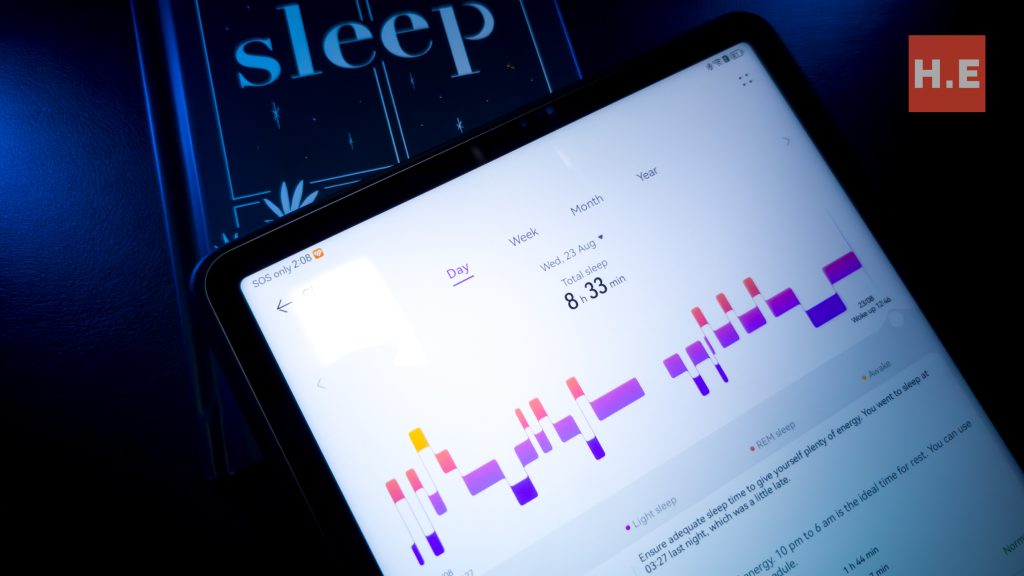
CPC technology assumes the role of a vigilant observer from an overhead perspective. It monitors the interaction between an individual’s heart and lungs during their sleep, with the capability to distinguish the sleep stage the individual is experiencing, whether it’s NREM, REM, or wakefulness. Additionally, CPC identifies occurrences such as snoring or momentary interruptions in the individual’s breathing pattern.
In essence, CPC serves as an identifier of sleep quality, scrutinizing these intricate rhythms to offer individuals invaluable insights into the effectiveness of their nightly rest.
Bringing CPC into Wearable
CPC was further advanced and refined by Dr. Robert Joseph Thomas, MD, MMSc. He is affiliated with the Center for Dynamical Biomarkers (DBIOM), which was established by Prof. Chung-Kang Peng at Beth Israel Deaconess Medical Center, a prominent teaching hospital associated with Harvard Medical School.

In one of his research studies titled “An Electrocardiogram-Based Technique to Assess Cardiopulmonary Coupling,” Dr. Thomas laid the groundwork for utilizing electronic sensors to assess CPC. This groundbreaking work has paved the way for the integration of CPC technology into modern wearable devices.
The foundation of Huawei TruSleep is built upon the contributions of these distinguished researchers. Through their research and development efforts, Huawei has been able to create TruSleep, which provides valuable insights into sleep patterns, assisting users in enhancing their sleep quality and overall well-being through a user-friendly sleep tracking package.
Huawei TruSleep in practice
Huawei TruSleep has undergone two major updates and currently stands at version 3.0. These updates have transformed TruSleep from a simple sleep tracker into a comprehensive tool that provides advice based on the user’s sleep tracking results.
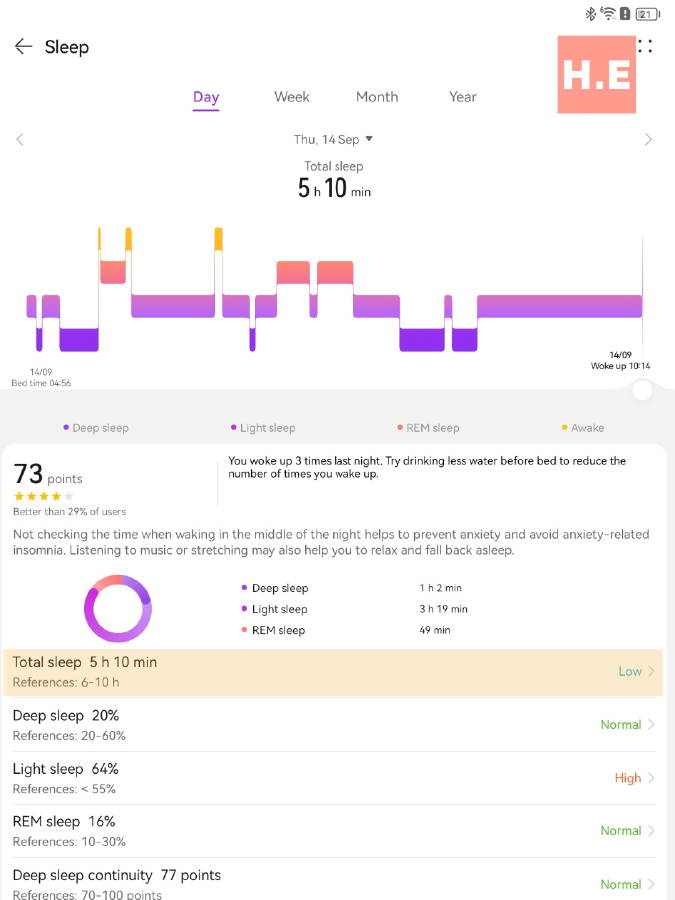
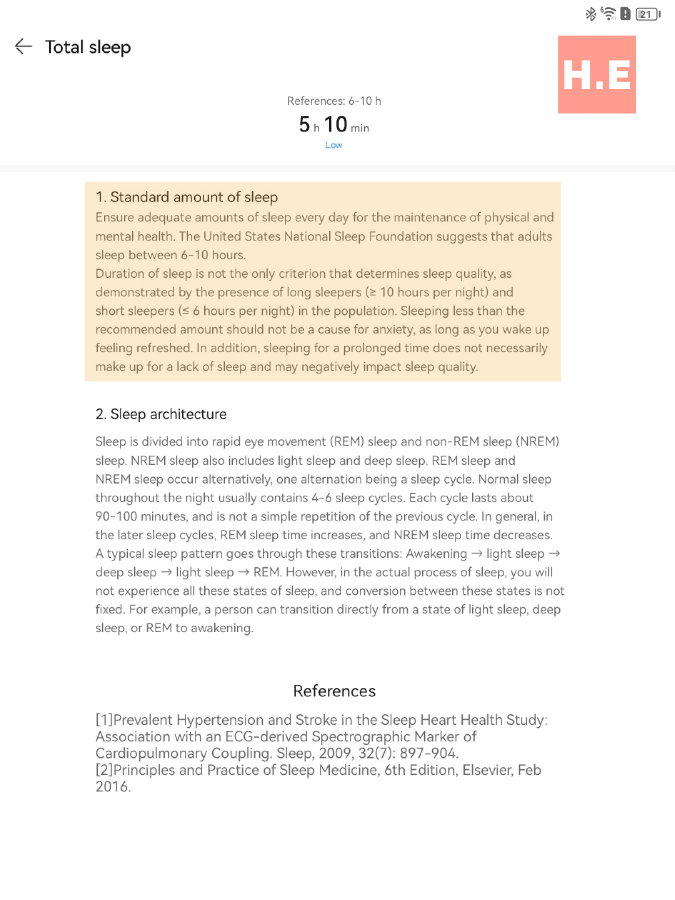
While these suggestions may appear minor, they are highly informative and steer users in the right direction. For instance, in my own sleep tracking experience, with only 5 hours and 10 minutes of sleep recorded, TruSleep recommended that I aim for at least 6 to 10 hours of sleep. On another day, when only 19% of my sleep consisted of deep sleep, it suggested that exercising could help promote deeper sleep.
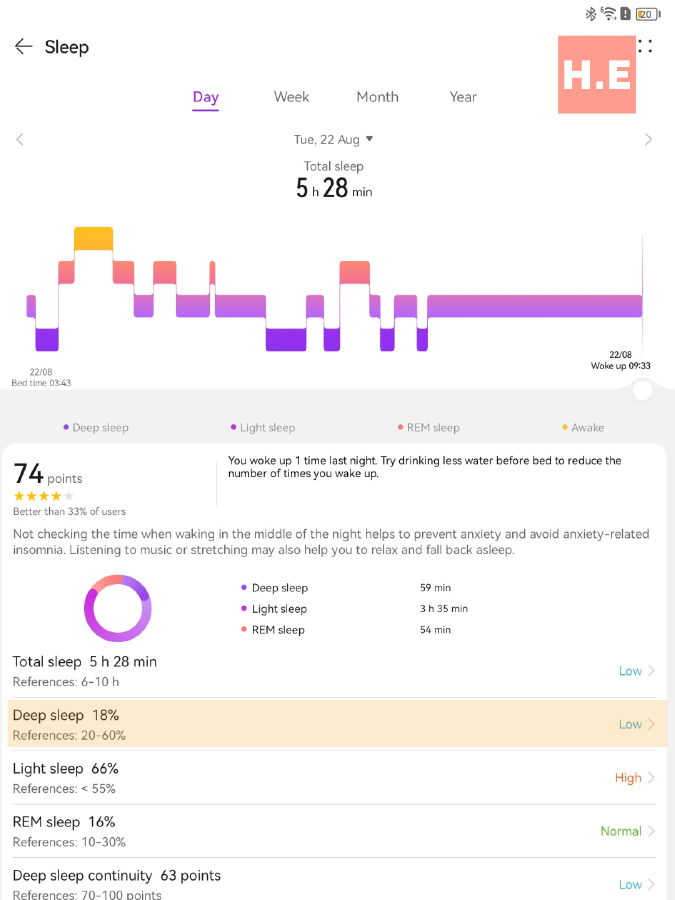

Users also have the opportunity to assess the quality of their sleep stages. For example, my light sleep accounted for 67% of my total sleep, which TruSleep indicated was too high. It provided an explanation of what light sleep entails and offered guidance on how to reduce it to a healthier level. Similarly, with only 18% of my sleep being deep sleep, TruSleep explained this and provided advice on how to manage it.
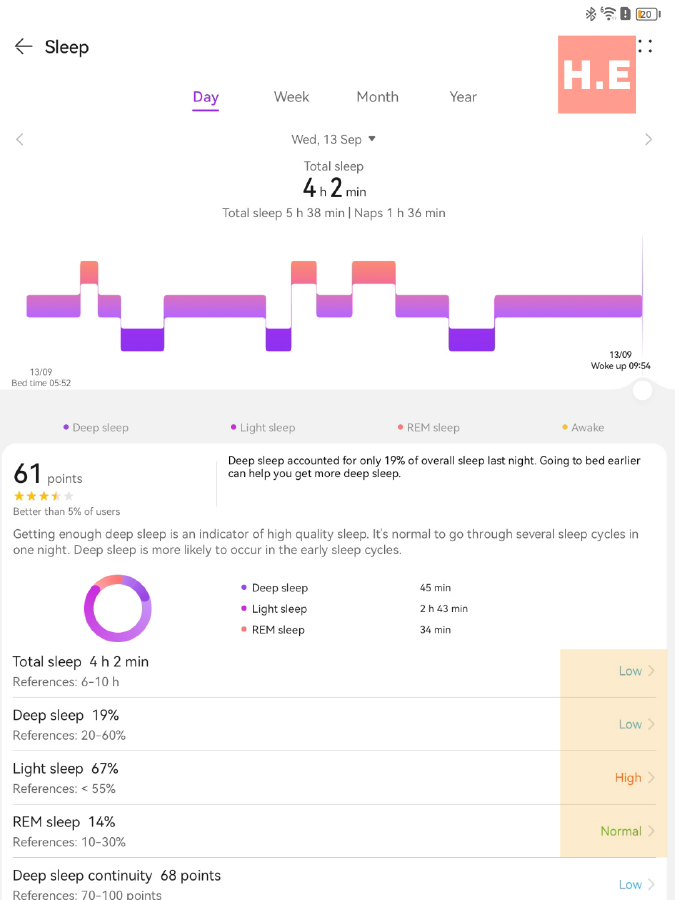
These explanations and recommendations are grounded in established guidelines and studies conducted by authoritative institutions, with Huawei citing these studies as sources. This underscores the fact that the advice provided by TruSleep is founded on factual information, and following it is likely to result in improved sleep quality, better rest, and ultimately, a healthier lifestyle.
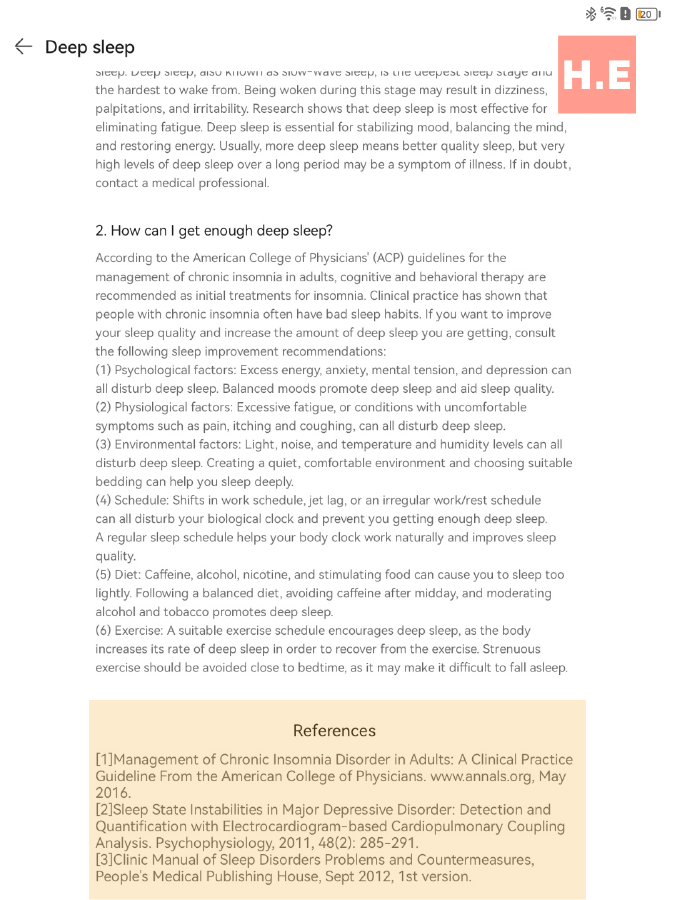
Huawei TruSleep Conclusion:
While it is still advisable to seek professional guidance, having access to firsthand resources from the comfort of one’s own home is a valuable convenience. To lead a healthy life, understanding the importance of sleep and how to optimize it is crucial. Thanks to the dedication of Dr. Thomas Penzel and Dr. Robert Joseph Thomas in the field of CPC studies, TruSleep offers a means to monitor sleep right from the comfort of your own home.
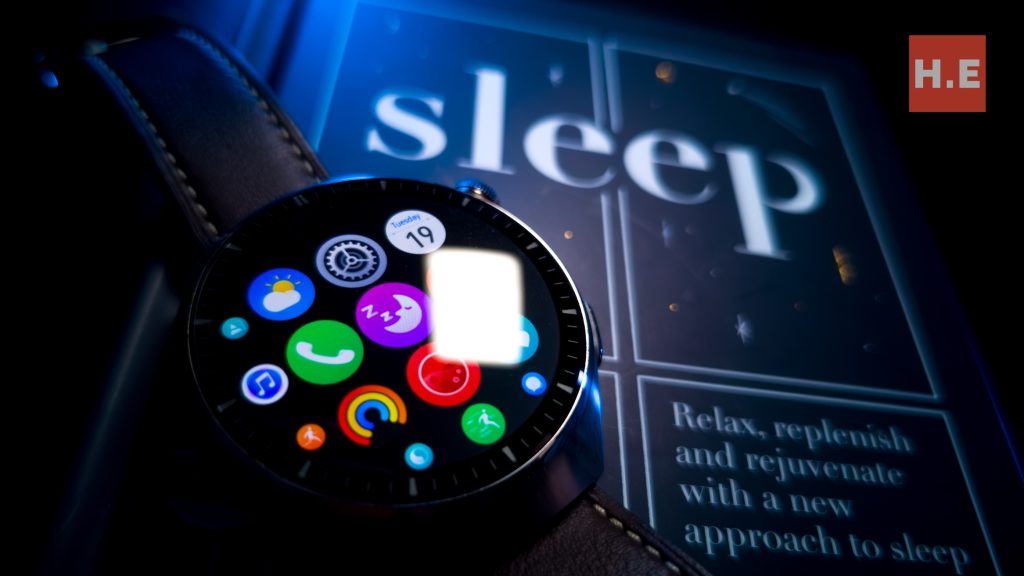
With TruSleep’s ability to measure sleep, generate easy-to-understand reports, and provide insightful advice on improvement, it goes beyond being an average sleep tracker. Instead, it acts as a catalyst for enhancing sleep quality and ultimately leading to a better life.
Huawei Trusleep 3.0 is found on Huawei’s recently wearble, check out our review of them below:



